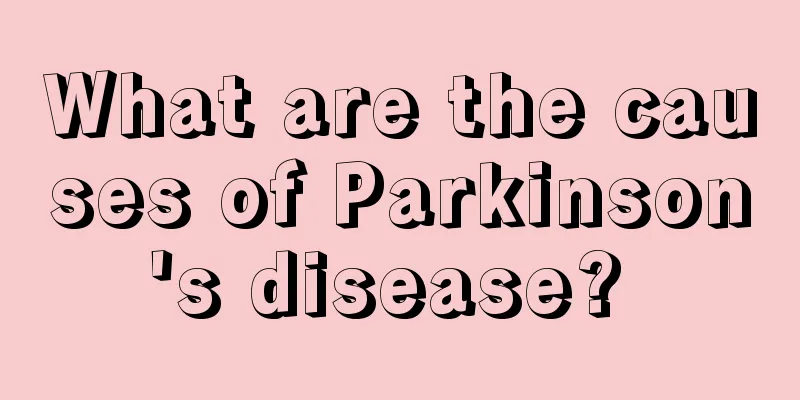What diseases can the pain department treat?

|
When we suffer from trauma or a certain disease, our body will feel some pain. Sometimes this pain is bearable, but most of the time the pain is intolerable. When we encounter such a situation, we should go to the hospital in time. So what diseases does the pain department set up in the hospital treat? In fact, there are many diseases that can be treated in the pain clinic, which are roughly the following: Pain Clinic The following diseases are treated by using nerve block therapy, small needle knife therapy, drugs, ultra-laser irradiation, etc.: 1. Headache: migraine, cervicogenic headache, tension headache, post-traumatic headache and post-lumbar puncture headache, etc. 2. Neuralgia: trigeminal neuralgia, intercostal neuralgia, sciatica, acute herpes zoster, postherpetic neuralgia, neuropathic pain, pain after nerve damage, central pain, pain in the affected limb, stump pain, diabetic neuropathy, sympathetic nerve-related pain, complex regional pain syndrome, etc. 3. Bone and joint pain: low back pain, cervical spondylosis, lumbar disc herniation, knee arthritis, heel pain, temporomandibular joint dysfunction syndrome, degenerative osteoarthritis, etc. 4. Tissue pain: acute and chronic lumbar sprain, lumbar muscle strain, supraspinal and interspinal ligament inflammation, lumbar myofasciitis, piriformis syndrome, fibromyalgia syndrome, tenosynovitis, scapulohumeral periarthritis, tennis elbow, and soft tissue injury. 5. Cancer pain: pain in advanced cancer, pain from bone metastasis, etc. 6. Dysmenorrhea and chronic pelvic pain. 7. Painless abortion. 8. Non-painful diseases: intractable hiccups, acute facial neuritis (facial paralysis), facial muscle spasm, sudden deafness, ganglion cyst, autonomic dysfunction, etc. 9. Anesthesia consultation: pre-operative anesthesia examination and preparation, and formulation of anesthesia and post-operative analgesia plans. Hospitalization CT or C-arm X-ray imaging interventions are often used to treat the following diseases: 1. Herniated cervical and lumbar disc. The use of CT or digital development C-arm interventional chemolysis therapy for the nucleus pulposus of cervical and lumbar disc herniation, radiofrequency minimally invasive neurointerventional analgesia, and interventional ozone therapy can effectively treat cervicogenic headaches caused by high cervical disc herniation, neck, shoulder and upper limb symptoms caused by low cervical disc herniation, and can achieve early control and cure for patients with a tendency to paraplegia. For patients with lumbar disc herniation, the treatment effects of extradiscal, intradiscal chemical nucleolysis or combined extradiscal and intradiscal lysis, interventional radiofrequency target therapy, interventional radiofrequency therapy of the posterior ramus of the spinal nerve, and phenol glycerol ablation therapy of the posterior ramus have been recognized, and the long-term effects are even better than those of surgery. 2. Trigeminal neuralgia: The use of drugs and/or temperature-controlled radiofrequency electrocoagulation to treat trigeminal ganglion destruction under CT intervention can effectively control intractable trigeminal neuralgia. 3. Severe pain from advanced cancer. For cancer pain that is not well controlled by general drugs, imaging-based neurodestructive therapy can effectively control the pain. 4. Herpes zoster pain and postherpetic neuralgia. Continuous nerve block therapy for pain control and combined antiviral therapy can effectively treat the severe pain of herpes zoster and reduce the incidence of postherpetic neuralgia. Image-mediated neurodestructive therapy is used to effectively control postherpetic neuralgia. 5. Sympathetic nerve-related diseases such as vasculitis and Raynaud’s disease. CT imaging intervention is used to perform sympathetic nerve blockade or destruction to control or improve pain. |
<<: How to repair a cracked walnut?
>>: What disease can be cured by tapping the inside of the elbow
Recommend
You must know the disadvantages of exposing your ankles in winter!
Nowadays, people often do things that harm their ...
What is ige antibody
More and more things in medicine are coming down ...
What are the symptoms of lung cancer lymph node metastasis? There are four major symptoms
After lung cancer lymph node metastasis, symptoms...
Is it good to take a hot bath in summer?
Taking a bath is indeed a very comfortable thing,...
Tonsillitis, I dare not swallow saliva
In daily life, many people have tonsillitis and a...
Is brass jewelry harmful to the body?
Copper is a metal item that exists in nature, and...
What should patients with cerebral infarction eat?
In addition to daily medications, nursing is also...
What are the dangers of having dentures
It is particularly important to protect your teet...
Can sprouted peas be eaten?
Most of the peas we eat are mainly bean grains. T...
What does it mean to grow fat
I believe many people should know that putting on...
The physiological functions of the triple energizer
Everyone knows that the most important thing in t...
What are the ways to prevent lung cancer? Is it necessary to quit smoking to prevent lung cancer?
Lung cancer is the number one killer that affects...
What are the classifications of femoral neck fractures
Everyone is familiar with the word fracture, and ...
My stomach aches and I feel cold all over, what's going on?
Abdominal pain and chills may be caused by a gast...
What are the main treatments for brain cancer
What are the main treatments for brain cancer? Br...









